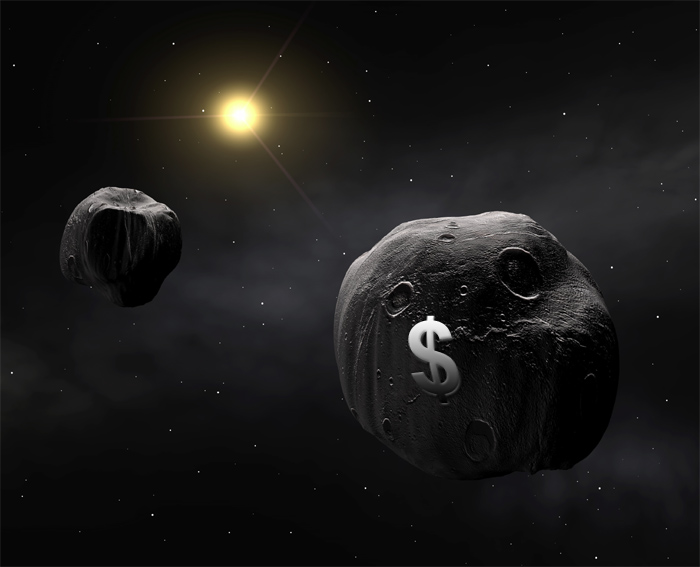MINING just one large asteroid could COLLAPSE the world economy due to surge of new supply for valuable metals
06/03/2017 / By Amy Goodrich

Could space mining become the next big thing? Though extracting minerals from space is not currently in NASA’s plans, they just scheduled a journey to asteroid 16 Psyche a year earlier than planned, reported the Daily Mail Online. Unlike most other asteroids that are formed out of rocks or ice, a team of NASA researchers believes 16 Psyche is made almost entirely of nickel and iron, similar to the Earth’s core.
Thanks to the earlier launch and the discovery of a more efficient trajectory the NASA’s Psyche probe is expected to arrive at the metal asteroid four years earlier than initially planned. Scheduled to leave Earth in the summer of 2022, the 16 Psyche Discovery Mission probe is now expected to reach its destination by 2026.
The new trajectory eliminates the need for an Earth gravity assist which ultimately shortens the cruise time of the probe. Also, the probe will stay further from the sun which reduces the amount of heat protection it needs. According to Jim Green, director of the Planetary Science Division at NASA Headquarters in Washington, the discovery of a more efficient trajectory will not only enable them to fulfill their science objectives sooner, it will also reduce the cost of the mission significantly.
Unique metal asteroid worth $10,000 quadrillion
The asteroid, which is about 230 million miles (370 million km) away from Earth, is located in the large asteroid belt between Mars and Jupiter. Experts believe 16 Psyche may have started out as a planet which was partially destroyed during the formation of the solar system. What remains of it is a 130 mile (or 200 km) wide asteroid made up of iron, nickel, and several other rare metals, including gold, platinum, and copper.
If somehow we would be able to mine these metals and bring them back to Earth, our entire global economy could collapse due to a sudden surge of valuable metals. As noted by Futurism, the iron in 16 Psyche alone is estimated to be worth $10,000 quadrillion while today the entire global economy for this mineral is only worth $78 trillion. If anyone were to mine that asteroid, the resulting riches would collapse the entire economy in a blink.
“It’s such a strange object,” said Lindy Elkins-Tanton, the lead scientist on the NASA mission and the director of Arizona State University’s School of Earth and Space Exploration, in an interview with Canada’s Global News earlier this year. “Even if we could grab a big metal piece and drag it back here … what would you do? Could you kind of sit on it and hide it and control the global resource — kind of like diamonds are controlled corporately — and protect your market? What if you decided you were going to bring it back and you were just going to solve the metal resource problems of humankind for all time? This is wild speculation obviously,” she added.
Though it might be tempting to find ways to strip this precious rock of its valuables, mining precious metals isn’t among the scientific goals of the Psyche mission. With the mission, the researchers hope to determine whether Psyche is the core of an early planet and if it was formed in a similar way as the Earth’s core. They want to know its age and analyze its structure to deepen their knowledge of the building blocks involved in planetary formation.
As noted by Lindy Elkins-Tanton, “16 Psyche is the only known object of its kind in the solar system, and this is the only way humans will ever visit a core. We learn about inner space by visiting outer space,” she added.
Stay informed about what’s happening with the future of science at FutureScienceNews.com.
Sources:
Tagged Under: 16 Psyche, Asteroid, Collapse, economy, iron, Metal, metal asteroid, NASA, nickel, Psyche Discovery Mission, space mining, space probe


















